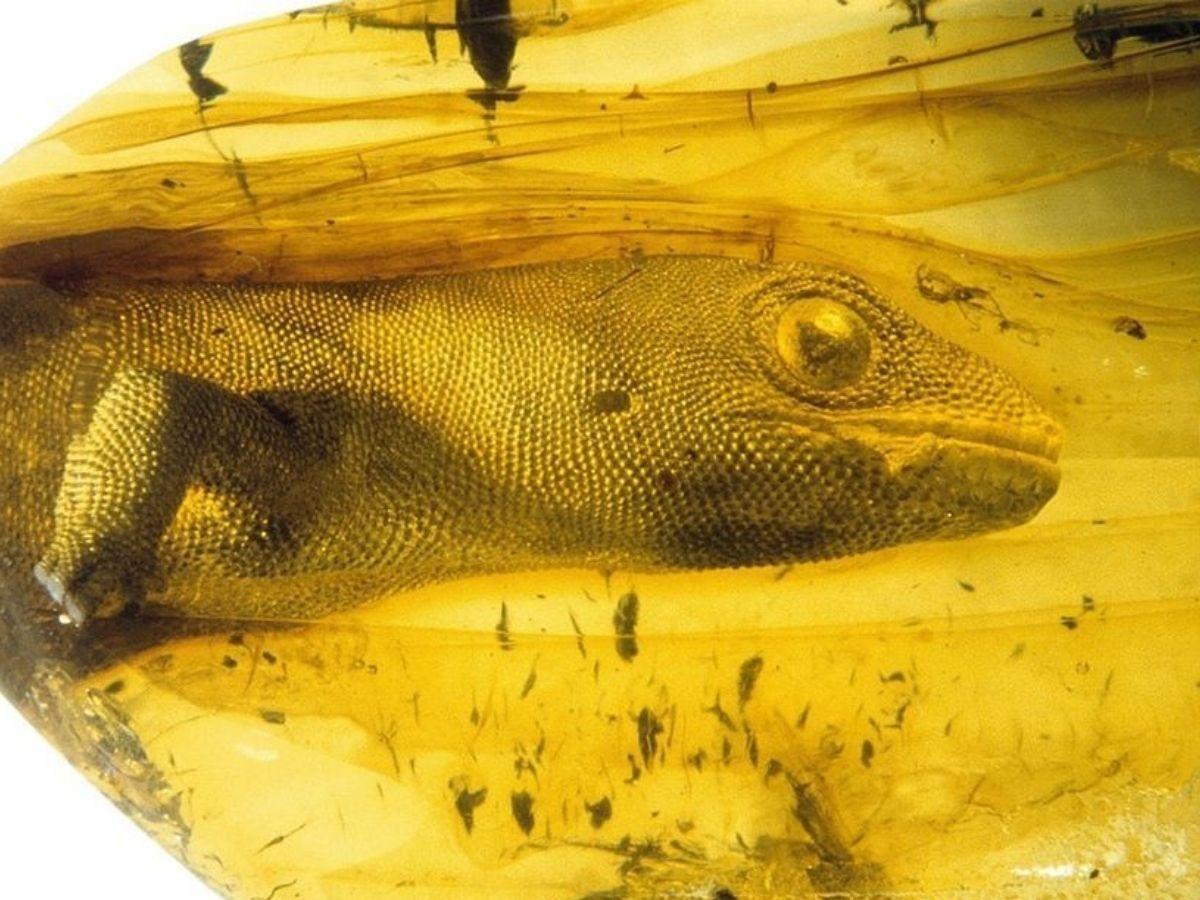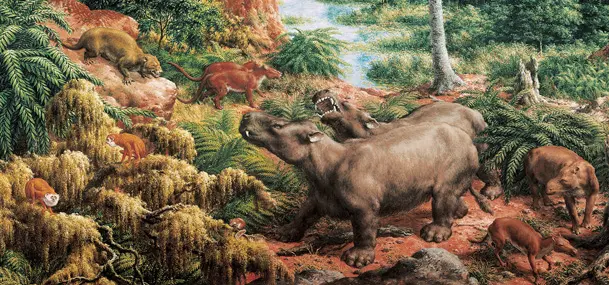The Earth’s history is filled with remarkable stories, many of which are revealed through fossil discoveries. These ancient remnants provide us with profound insights into the evolution of various species. Among the most astonishing findings is the fossil of a gecko, perfectly preserved in amber for 54 million years. This incredible discovery not only illuminates the evolutionary journey of geckos but also showcases their adaptability, marking them as one of the most successful lizard species on Earth.
Perfect Preservation: Gecko Fossil in Amber

The fossilized gecko, scientifically known as Yantarogekko balticus, was discovered in north-western Russia, trapped in amber for an astonishing 54 million years. The pristine condition of this fossil offers scientists a unique opportunity to study the anatomy, behavior, and morphology of geckos from millions of years ago. Discovered in 2004 by researchers Aaron M. Bauer from Villanova University, Wolfgang Böhme from the Alexander Koenig Museum, and Wolfgang Weitschat from the University of Hamburg, this find has provided an invaluable window into the past, offering a rare glimpse into the life of early geckos.
Discoveries About Ancient Ecosystems

The Yantarogekko balticus fossil dates back to the Early Eocene epoch, a period that spanned from 56 to 33.9 million years ago. This epoch is recognized as the second-largest subdivision of the Paleogene Period within the Cenozoic Era. The fossil, found in Baltic amber, is significant not only for its age but also because it is the oldest gekkonid lizard fossil known that includes more than just fragmentary skeletal remains. The mostly intact digits of the fossil reveal a unique combination of characteristics that are not seen in any living gecko species, offering new insights into the diversity and adaptation of ancient geckos.
Sophisticated Adhesive System

One of the most fascinating aspects of this discovery is the adhesive system of the gecko, which is strikingly similar to that of modern geckos. The tiny adhesive structures on the gecko’s feet, known as scansors, indicate that a complex adhesive system existed in geckos nearly 20 to 30 million years earlier than previously thought. This discovery suggests that geckos have been thriving on Earth for an incredibly long time, surviving countless environmental changes and challenges. It’s a remarkable testament to the resilience and adaptability of these creatures.
Conclusion
The discovery of a 54-million-year-old gecko fossil encased in amber is a powerful reminder of the depth and complexity of Earth’s history. It underscores the importance of continued paleontological research and exploration, as each discovery brings us closer to understanding the evolution of life on our planet. As we uncover more about our planet’s past, we gain valuable insights into the development of life on Earth, allowing us to better appreciate our place in the world today.



